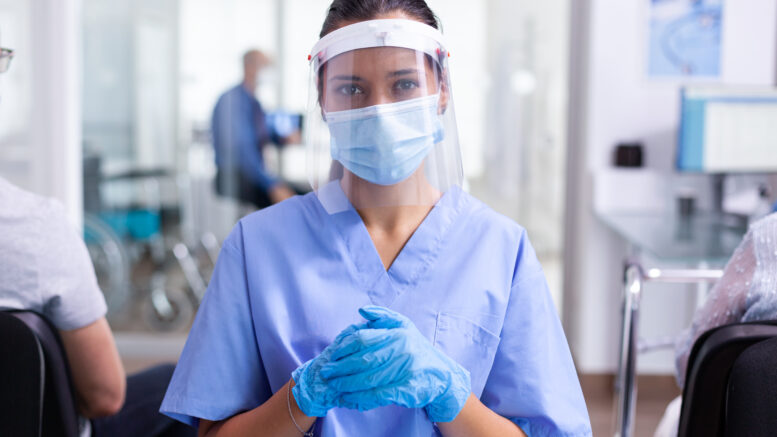The effect of eye protection to prevent SARS-CoV-2 infection in the real-world remains uncertain. Byambasuren, et al. (2021) sought to synthesize all available research on the potential impact of eye protection on transmission of SARS-CoV-2.
The researchers screened 898 articles and included six reports of five observational studies from the U.S., India, Columbia and United Kingdom that tested face shields, goggles, and wraparound eyewear on 7,567 healthcare workers.
The three before-and-after and one retrospective cohort studies showed statistically significant and substantial reductions in SARS-CoV-2 infections favoring eye protection with odds ratios ranging from 0.04 to 0.6, corresponding to relative risk reductions of 96% to 40%. These reductions were not explained by changes in the community rates. However, the one case–control study reported odds ratio favoring no eye protection (OR 1.7, 95% CI 0.99, 3.0).
The high heterogeneity between studies precluded any meaningful meta-analysis. None of the studies adjusted for potential confounders such as other protective behaviors, thus increasing the risk of bias, and decreasing the certainty of evidence to very low.
The researchers conclude that current studies suggest that eye protection may play a role in prevention of SARS-CoV-2 infection in healthcare workers. However, robust comparative trials are needed to clearly determine effectiveness of eye protections and wearability issues in both healthcare and general populations.
Reference: Byambasuren O, et al. The effect of eye protection on SARS-CoV-2 transmission: a systematic review. Antimicrobial Resistance & Infection Control. Vol. 10, article number 156 (2021).
